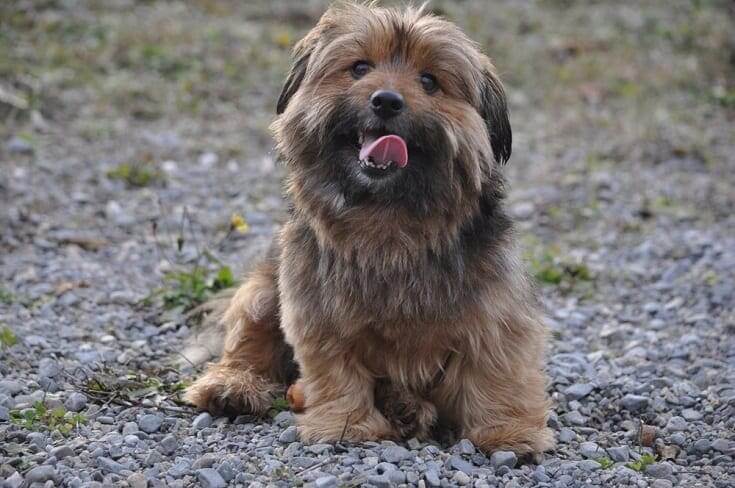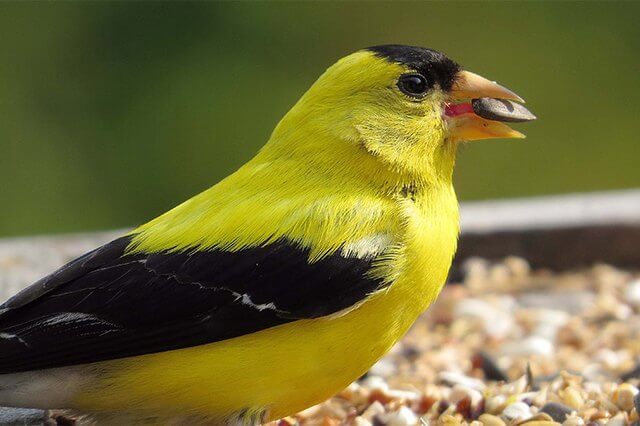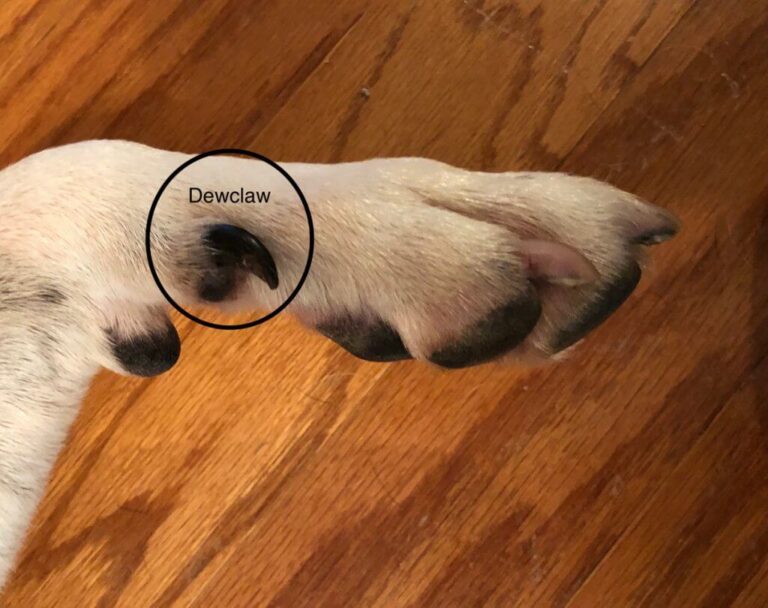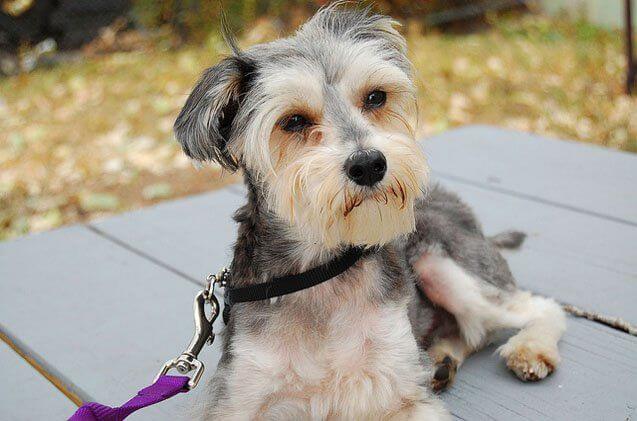Norwegian Elkhound Dog Breed: Traits, Care, and History
The Norwegian Elkhound, known for its striking appearance and loyal disposition, is a breed steeped in history and tradition. Often referred to as the “Silver Viking,” this dog breed has been a cherished companion to humans for thousands of years, playing pivotal roles in hunting, guarding, and herding.
Contents
- 1 Physical Characteristics of the Norwegian Elkhound
- 2 Temperament and Personality
- 3 History and Origins
- 4 Purpose and Roles
- 5 Training and Exercise Needs
- 6 Health and Lifespan
- 7 Grooming and Care
- 8 Feeding and Nutrition
- 9 Living Conditions
- 10 Norwegian Elkhound Puppies
- 11 Interesting Facts About Norwegian Elkhounds
Physical Characteristics of the Norwegian Elkhound
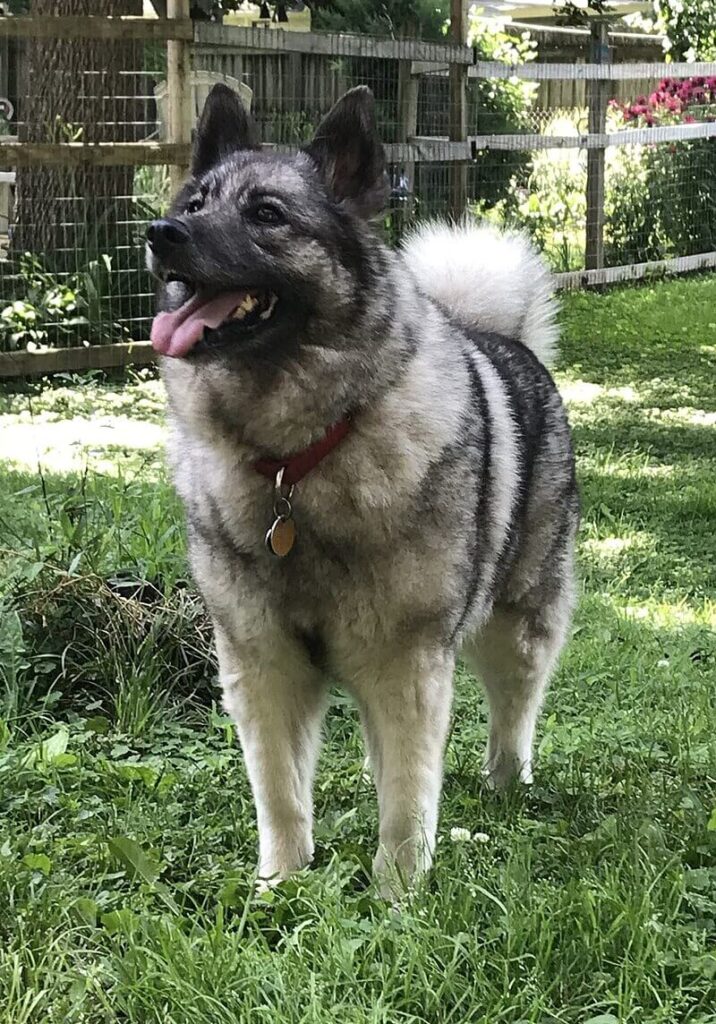
Size and Weight
Norwegian Elkhounds are medium-sized dogs with a robust and muscular build. Males typically stand between 20 to 21 inches tall at the shoulder and weigh around 50 to 60 pounds. Females are slightly smaller, standing 19 to 20 inches tall and weighing between 40 to 55 pounds.
Coat and Color
One of the most distinctive features of the Norwegian Elkhound is its dense, weather-resistant coat. The double coat consists of a soft, woolly undercoat and a coarse, straight outer coat, which provides excellent protection against harsh climates. The breed is most commonly seen in a silver-gray color, with black-tipped guard hairs giving it a unique, shimmering appearance.
Distinctive Features
Norwegian Elkhounds have expressive, dark brown eyes that convey intelligence and alertness. Their erect, triangular ears and tightly curled tail further add to their wolf-like appearance. The breed’s compact and well-balanced structure is designed for endurance and agility, essential traits for their historical roles.
Temperament and Personality
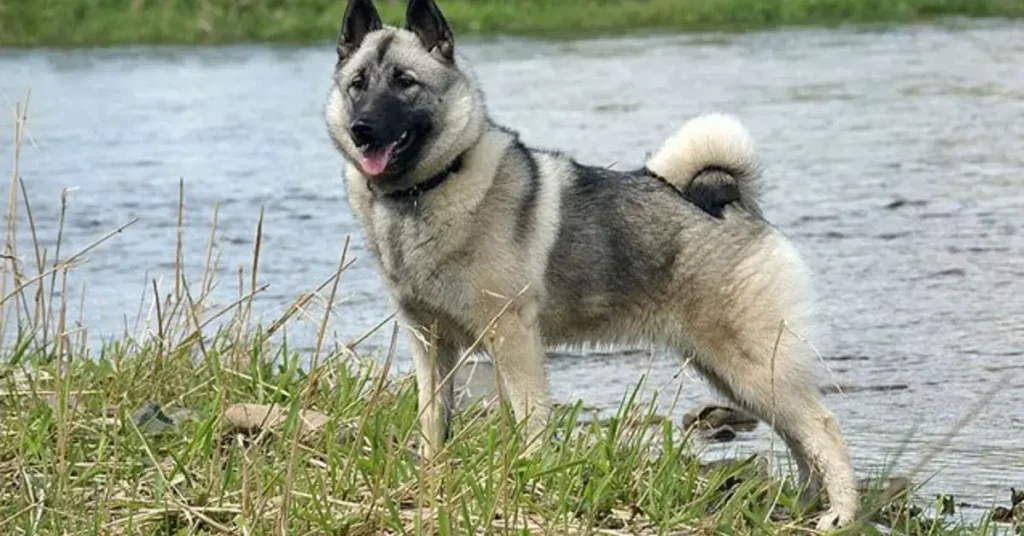
General Disposition
Norwegian Elkhounds are known for their friendly and outgoing nature. They are incredibly loyal to their families and thrive on human companionship. Despite their independence, they form strong bonds with their owners and are known to be protective and attentive.
Behavior with Family and Children
This breed is excellent with children and makes a wonderful family pet. Norwegian Elkhounds are patient, playful, and gentle, making them ideal companions for kids. Their protective instincts also make them reliable guardians of the home.
Socialization with Other Pets
Early socialization is key for Norwegian Elkhounds. While they can get along well with other pets, including dogs and cats, their strong hunting instincts mean they should be introduced to other animals cautiously and under supervision.
History and Origins
Viking Era and Ancient Roles
The Norwegian Elkhound’s history dates back to ancient times, with archaeological evidence suggesting they existed as early as 5,000 B.C. These dogs were invaluable to Viking warriors, serving as hunting companions, herders, and guardians. Their ability to track and hold large game, such as moose and bears, made them indispensable in the harsh Scandinavian terrain.
Development in Norway
The breed was meticulously developed in Norway to enhance its hunting capabilities and resilience. Norwegian Elkhounds were primarily used to hunt moose, which is reflected in their name (“Elghund” means “moose dog” in Norwegian). Their versatility also saw them being used for herding livestock and guarding homes.
Introduction to the United States
Norwegian Elkhounds were first imported to the United States in the early 20th century. They quickly gained popularity due to their impressive hunting skills and loyal nature. The breed was officially recognized by the American Kennel Club (AKC) in 1913, and they have been a beloved breed ever since.
Purpose and Roles
Hunting and Tracking Skills
The Norwegian Elkhound is renowned for its exceptional hunting abilities. They are skilled at tracking game over long distances and can work independently to corner and hold prey. Their keen sense of smell and high endurance make them excellent hunting companions.
Guarding and Herding
In addition to hunting, Norwegian Elkhounds have a strong instinct to guard and protect. They are naturally wary of strangers and will alert their owners to any potential threats. Historically, they were also used to herd livestock, showcasing their versatility and intelligence.
Modern Uses and Roles
Today, Norwegian Elkhounds continue to excel in various roles. They are often seen in competitive dog sports such as agility and obedience trials. Their friendly and loyal nature also makes them suitable for therapy and service dog work.
Training and Exercise Needs
Training Techniques and Tips
Norwegian Elkhounds are intelligent and eager to please, but they can also be independent and stubborn. Consistent, positive reinforcement training methods work best with this breed. Early socialization and obedience training are crucial to ensure a well-rounded and well-behaved dog.
Exercise Requirements
This active breed requires plenty of exercise to stay healthy and happy. Daily walks, play sessions, and opportunities to run in a secure area are essential. Norwegian Elkhounds also enjoy mental stimulation through puzzle toys and training exercises.
Mental Stimulation
Due to their high intelligence, Norwegian Elkhounds thrive on mental challenges. Training sessions, interactive toys, and tasks that allow them to use their problem-solving skills can help keep them mentally engaged and prevent boredom-related behaviors.
Health and Lifespan
Common Health Issues
Norwegian Elkhounds are generally healthy, but they are prone to certain hereditary conditions. These include hip dysplasia, progressive retinal atrophy, and hypothyroidism. Regular veterinary check-ups and a healthy lifestyle can help manage these issues.
Lifespan Expectations
The average lifespan of a Norwegian Elkhound is between 12 to 15 years. With proper care, including a balanced diet, regular exercise, and routine veterinary care, they can enjoy a long and healthy life.
Tips for Healthy Living
Maintaining a Norwegian Elkhound’s health involves providing a nutritious diet, regular exercise, and mental stimulation. Preventative health care, such as vaccinations, parasite control, and dental care, is also crucial.
Grooming and Care
Coat Maintenance
The Norwegian Elkhound’s double coat requires regular grooming to keep it in good condition. Weekly brushing helps remove loose hair and prevents matting. During shedding seasons, more frequent brushing is necessary to manage the increased hair loss.
Bathing and Cleaning
Bathing should be done as needed, typically every few months, or when the dog becomes particularly dirty. Use a mild dog shampoo to avoid stripping the coat’s natural oils. Regular cleaning of the ears, teeth, and nails is also important for overall health.
Seasonal Care Tips
During the winter months, Norwegian Elkhounds benefit from their thick coat, which provides insulation against cold weather. In warmer months, ensure they have access to shade and fresh water to prevent overheating.
Feeding and Nutrition
Recommended Diet
A balanced diet that meets the nutritional needs of the Norwegian Elkhound is essential. High-quality commercial dog food or a well-formulated homemade diet can provide the necessary nutrients. Consult with a veterinarian to determine the best diet for your dog.
Feeding Schedule
Feeding Norwegian Elkhounds twice a day, in the morning and evening, is typically recommended. This helps maintain their energy levels and prevents overeating. Portion control is important to avoid obesity, which can lead to health problems.
Dietary Supplements
In some cases, dietary supplements such as glucosamine for joint health or omega-3 fatty acids for coat and skin health may be beneficial. Always consult with a veterinarian before adding supplements to your dog’s diet.
Living Conditions
Suitable Living Environments
Norwegian Elkhounds are adaptable and can thrive in various living environments, from apartments to rural homes, as long as their exercise needs are met. They enjoy being part of the family and should not be left alone for long periods.
Indoor vs. Outdoor Living
While they can tolerate outdoor living due to their thick coat, Norwegian Elkhounds are happiest when they can spend time indoors with their family. They should have access to a secure outdoor area where they can play and exercise.
Adaptability to Climate
This breed is well-suited to cold climates, thanks to their dense coat. However, they can also adapt to warmer climates if provided with adequate shade, water, and cooling measures.
Norwegian Elkhound Puppies
Selecting a Reputable Breeder
When looking for a Norwegian Elkhound puppy, it is important to choose a reputable breeder who prioritizes the health and temperament of their dogs. A good breeder will provide health clearances for the parents and be willing to answer any questions about the breed.
Puppy Care Tips
Norwegian Elkhound puppies are active and curious. Provide them with a safe and stimulating environment, plenty of socialization opportunities, and basic training to set the foundation for a well-behaved adult dog.
Socialization and Early Training
Early socialization is crucial for Norwegian Elkhound puppies. Introduce them to different people, environments, and experiences to help them grow into confident and well-adjusted adults. Basic obedience training should begin as soon as possible.
Interesting Facts About Norwegian Elkhounds
Unique Traits
- Ancient Heritage: One of the oldest dog breeds, with origins dating back to the Vikings.
- Versatile Workers: Historically used for hunting, herding, and guarding.
- National Symbol: The national dog of Norway, featured on the country’s coinage.
Fun Historical Tidbits
- Norwegian Elkhounds have been depicted in Viking sagas and ancient artifacts.
- Their ability to hunt large game like moose and bears highlights their strength and bravery.
Popularity and Recognition
The Norwegian Elkhound is recognized and loved worldwide. They are particularly popular in their native Norway and have a dedicated following in the United States and other countries.
Conclusion
The Norwegian Elkhound is a remarkable breed with a rich history and a loyal, friendly nature. Whether serving as a hunting companion, a family pet, or a competitive athlete, this versatile dog continues to capture the hearts of those who meet them. By understanding their needs and characteristics, owners can ensure a fulfilling and happy life for their Norwegian Elkhound.
- Golden Retriever Pros and Cons: What Every Pet Parent Should Know - 15 September 2025
- Cane Corso Dog Breed: Health, Care, and Lifespan - 14 September 2025
- Catahoula Leopard Dogs: Description, Temperament, Lifespan, & Facts - 21 July 2025


